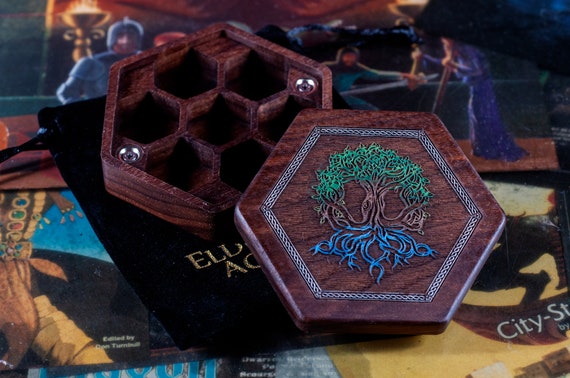


The name mjöt-viðr means the 'wood of proper measure', describing the harmony of the living universe, where every feature has its proper amount. Yggdrasill 'the glorious Mjötviðr' was still a seedling 'before the ground below' existed. In stanza 2, the völva (or seeress) who advises Óðinn, recalls her own ancient past when the universe was young. Yggdrasill features prominently in Völuspá, the first poem of the Poetic Edda. The tree is also probably identical to Laerad (Old Norse: Læraðr) a tree whose leaves and branches reach down to the roof of Valhalla and provide food for the goat Heiðrún and the stag Eikþyrnir. A third interpretation, with etymological difficulties, is "yew-column", associating the tree with the Eihwaz rune.įjölsvinnsmál, a poem in the Poetic Edda, refers to the World Tree as Mimameid (Old Norse: Mímameiðr, " Mímir's tree" ). The gallows are sometimes described in Old Norse poetry as the "horse of the hanged." In the case of "terrible steed", the association with Óðinn may be secondary, and any number of riders possible. In other words, Óðinn's horse, referring to the nine nights he is said to have spent hanging from the tree, or "riding the gallows", in order to acquire knowledge of the runic alphabet. While the name means the "terrible steed", it is usually taken to mean the "steed of the terrible one", with Yggr the epithet of the god Óðinn. The most commonly accepted etymology of the name is ygg "terrible" + drasil "steed". The tree is an example of sacred trees and groves in Germanic paganism and mythology, and scholars have discussed the implications of the tree since the early in the field of Germanic philology. Scholars generally consider Hoddmímis holt, Mímameiðr, and Læraðr to be other names for the tree. Creatures live within Yggdrasill, including the dragon Níðhöggr, an unnamed eagle, and the stags Dáinn, Dvalinn, Duneyrr and Duraþrór. The branches of Yggdrasill extend far into the heavens, and the tree is supported by three roots that extend far away into other locations one to the well Urðarbrunnr in the heavens, one to the spring Hvergelmir, and another to the well Mímisbrunnr. The gods go to Yggdrasill daily to assemble at their things, traditional governing assemblies. In both sources, Yggdrasill is an immense ash tree that is center to the cosmos and considered very holy. Yggdrasill is attested in the Poetic Edda, compiled in the 13th century from earlier traditional sources, and the Prose Edda, written in the 13th century by Snorri Sturluson. Yggdrasill (Danish, Dutch, English, Norwegian and Swedish: Yggdrasil) is an immense mythical tree that plays a central role in Norse cosmology, where it connects the Nine Worlds.


 0 kommentar(er)
0 kommentar(er)
